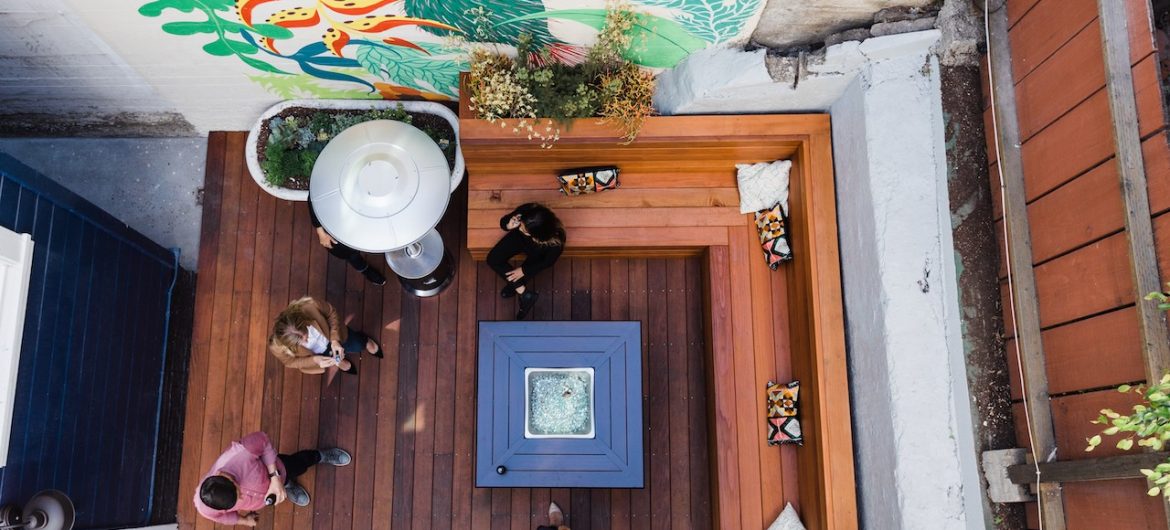Co-living startup Starcity recently announced a Series B funding round of $30 million—a huge feat in a post-WeWork and mid-Covid-19 environment. The company has raised $50.3 million in total. Starcity has around 500 units across San Francisco, Oakland, and Los Angeles, with about 2,000 units currently under development.
Starcity owns all of its spaces unlike many of its competitors, such as Bungalow who works with existing buildings. This gives Starcity a great deal of freedom in how to design and build spaces. The company’s buildings are elegant and edgy, bringing a focus on design to a lower price point. Monthly Starcity rent typically ranges from $1,000-$2,000 in San Francisco and Los Angeles.
“We are set up as both a developer and operator with full-stack real estate development, design and management capabilities,” Starcity founder and CEO Jon Dishotsky told Forbes.
Starcity’s business model requires funding from two sources — from VCs to expand the business, and from limited partners and lenders to furnish property development.
“We target a high teens, low 20’s internal rate of return for our developments and this is attractive to the trillions of dollars of real estate private equity that is chasing ‘opportunistic returns’,” said Dishotsky. “we’re narrowing our real estate capital partners down to a handful of large funds who can invest ‘programmatically’ in many Starcity developments as we’ve figured out the playbook.”
Making Changes Under Covid
The co-living model faces challenges under Covid-19, but Starcity quickly made changes to adapt to the new reality. The company now cleans communal spaces more frequently and waived termination fees for residents who canceled their lease due to the virus.
The company has been experimenting with ways to build spaces more cheaply and finding ways to make them more affordable to rent. These changes could attract a new variety of resident, such as those who are facing financial hardship due to the crisis.
image credit: starcity





